
Freezing isn't the only long-term storage option for your freshly caught or store-bought salmon; you can also can it. Canned salmon will last up to one year without any refrigeration necessary. You'll need to use a pressure canner to properly preserve your salmon, though, because it is a low-acid food. Only a pressure canner can achieve the high temperatures needed to prevent the deadly bacteria Clostridium botulinum from growing in the jars.
Prepping the Salmon

Prior to canning the salmon, remove the head, tail, fins, scales and internal organs. Completely rinse the fish under cool water, both inside and out, to remove any blood and slime. You don't need to bone your salmon; the bones become soft after the fish is canned and are a good source of calcium. Store your fish in the refrigerator at 40 F or below prior to canning so that it stays fresh. Thaw frozen salmon in the refrigerator prior to canning.
Packing the Salmon
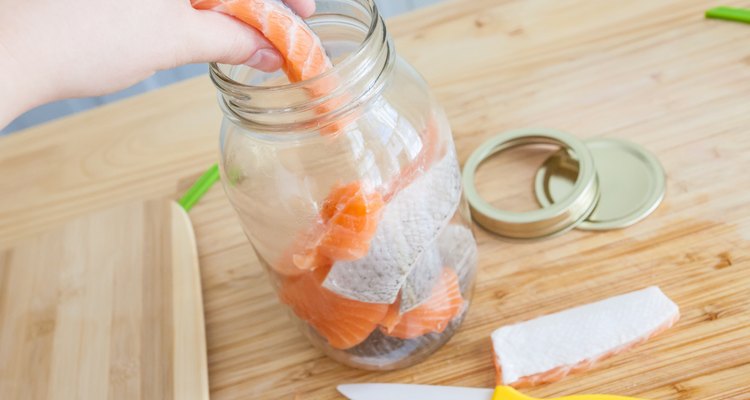
Cut the salmon into chunks and pack the pieces into half-pint or pint-sized glass canning jars. While other types of fish need some oil to add moisture when packed, salmon is a fatty fish, and you don't need to pack it in any type of liquid. Leave 1 inch of head space at the top of each jar. Add salt and other seasonings such as pepper, garlic and herbs to your packed salmon to add some flavor. Place the self-sealing lids in a pot of hot water to warm the compound that will seal the jars. Wipe down the mouths of the jars with a paper towel moistened with vinegar to remove any fish residue and ensure a good seal.
Processing the Jars
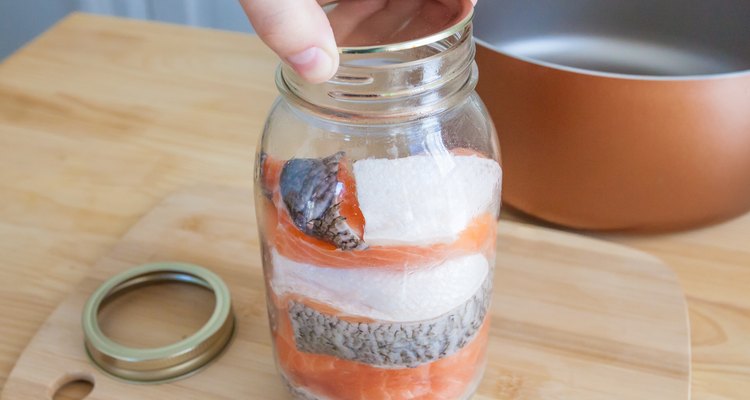
Place the lids on your jars of salmon and screw on the jar rings. Add 3 inches of water to your pressure canner and place the rack in the canner. Stack your cans of salmon in the canner and seal the canner's lid. Keep the canner's vent open, and heat the canner on high. Let steam escape from the vent for 10 minutes, and close the vent to pressurize the canner. Once the canner reaches 11 pounds of pressure on a dial gauge canner or 10 pounds on a weighted gauge canner, process the cans for 100 minutes. Lower the heat to maintain the pressure. If the pressure on your canner drops below these readings, begin timing again. Increase the pressure for higher altitudes.
Cooling, Storage and Dangers

Allow your canner to depressurize to 0 for 45 minutes after turning off the heat. Take off the lid, and remove the jars of salmon with a lifter and place them on a towel in a cool, dark location. Allow them to cool for 12 hours. If the jars are properly sealed, the lids will not give when you push on them. Reprocess improperly sealed jars. You can store the jars for up to 1 year in the pantry. Clear crystals that form in the canned salmon are normal and will dissolve when heated. Refrigerate opened cans of salmon for up to 2 days. If your can of salmon smells unpleasant or appears bubbly, boil the jar for 30 minutes and discard its contents to avoid poisoning yourself with botulism.
Related Articles
How Long Can You Keep Canned Salmon?
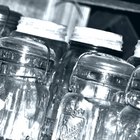
How to Can Fish in a Pressure Canner
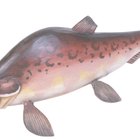
How to Pressure Can Trout
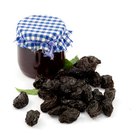
How to Can Jelly Using a Pressure Canner

How Long Does It Take for Salmon to ...
Do Sardines Ever Go Bad?
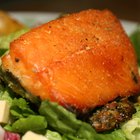
How to Brine a Grilled Salmon

How Long to Cook Canned Salmon in a ...

How to Can Pork Tenderloin in Half Pint ...

How to Cook Frozen Salmon Fillets ...

How Long Can Cooked Salmon Last ...
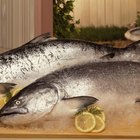
Canned Salmon and Metal Toxins

How Long Can Tuna Stay Fresh?
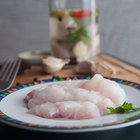
How to Pickle Fish

Can You Freeze Canned Goods?
How to Heat Process Mason Jars to Seal
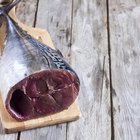
How to Smoke Tuna

How to Use Citric Acid in Canning
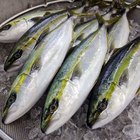
The Best Way to Smoke Yellowtail
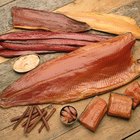
How Do I Cold-Smoke Fish?
References
- University of Alaska Fairbanks Extension Service: Canning the Catch
- National Center for Home Food Preparation: Selecting, Preparing and Canning Meat -- Fish
- Bernardin: Salmon
- National Center for Home Food Preparation: Preserving Food: Using Pressure Canners
- Manitoba.ca: Home Canning Fish -- An Alternative Method for Processing Fish
- University of Wisconsin Extension: Using and Caring for a Pressure Canner
- United States Department of Agriculture: Clostridium botulinum
- A Pacific Northwest Extension Publication: Canning Seafood
- Bumble Bee: FAQ -- Shelf Life
Writer Bio
Based in Las Vegas, Susan Paretts has been writing since 1998. She writes about many subjects including pets, finances, crafts, food, home improvement, shopping and going green. Her articles, short stories and reviews have appeared on City National Bank's website and on The Noseprint. Paretts holds a Master of Professional Writing from the University of Southern California.
Photo Credits
Laura Beth Drilling/Demand Media